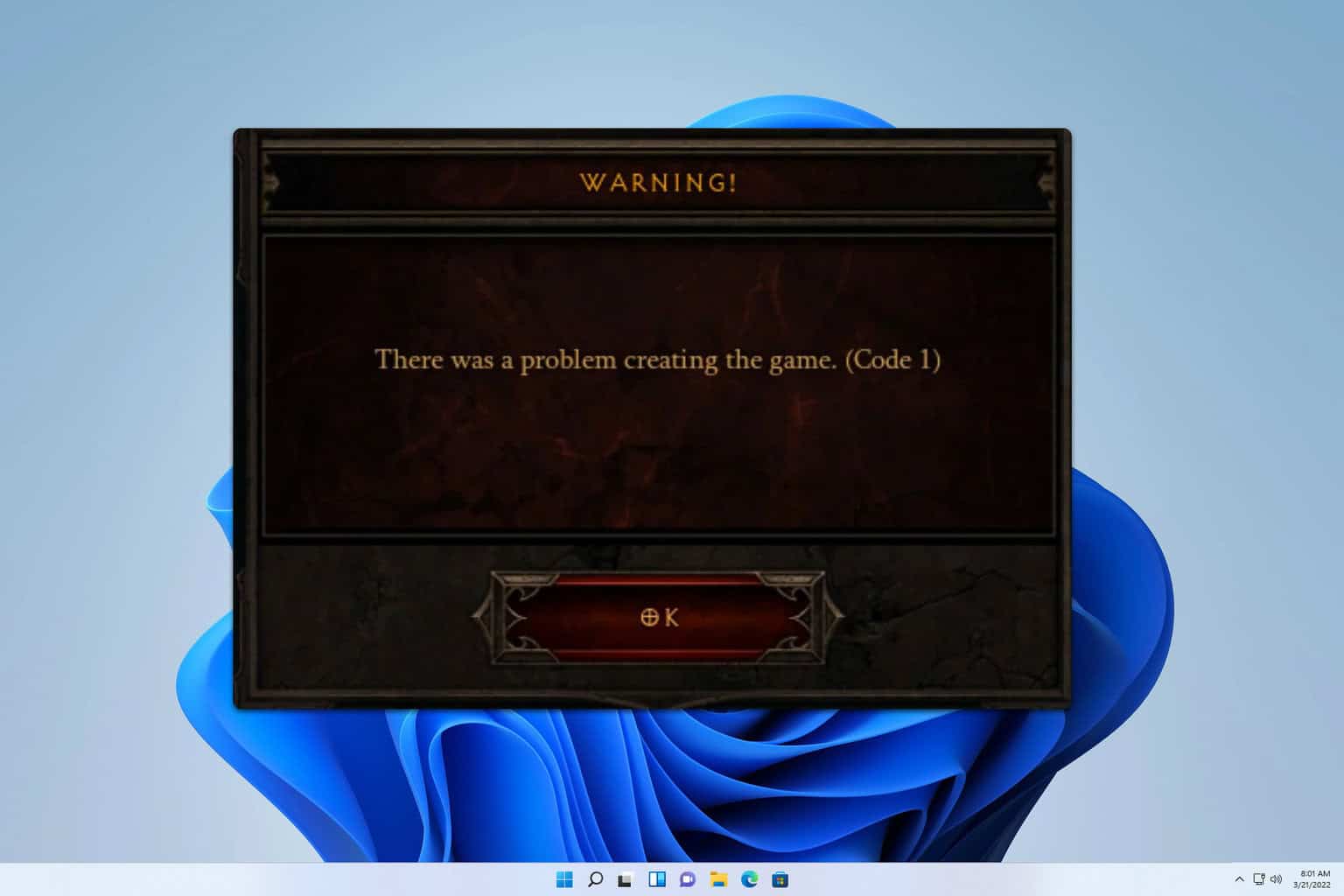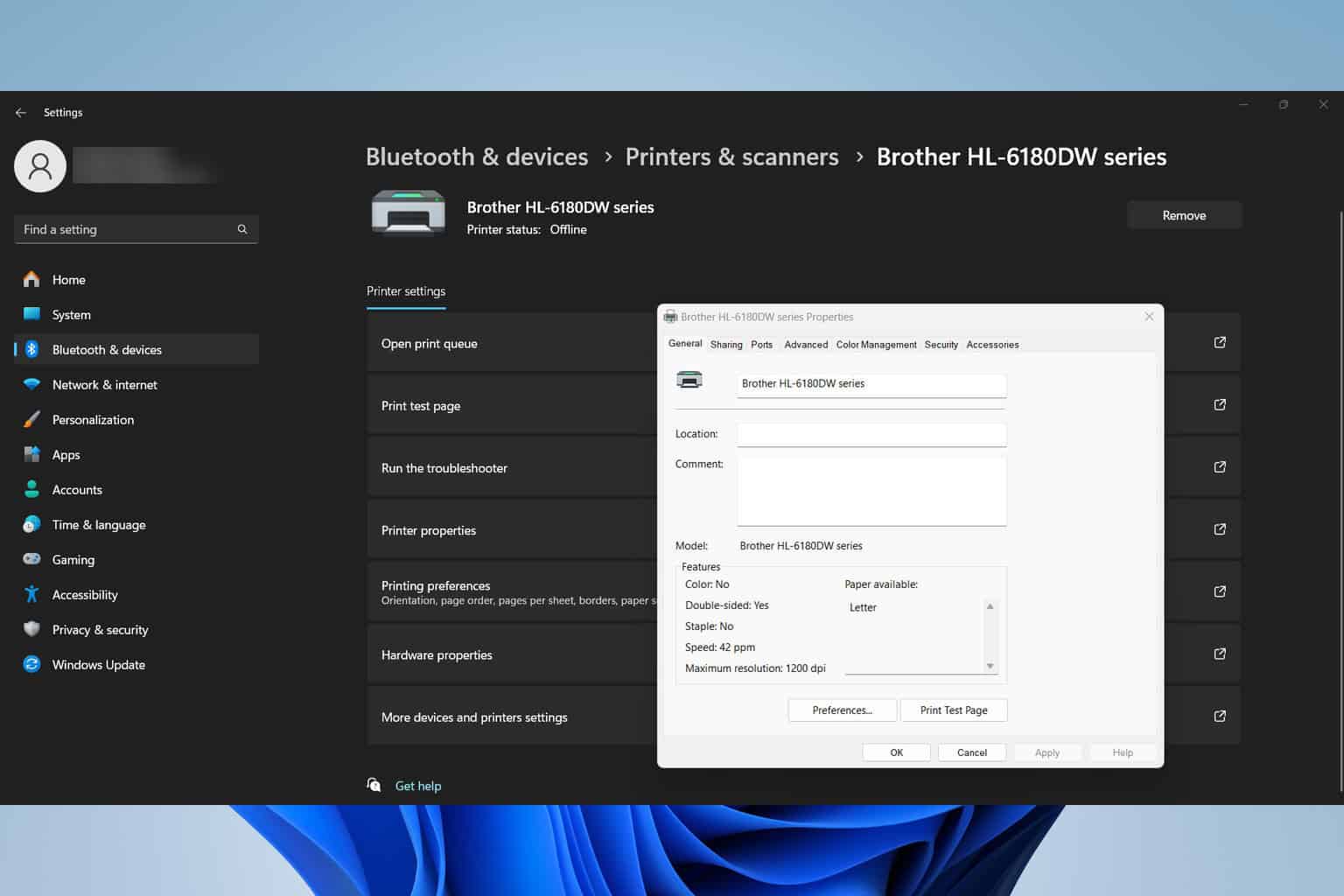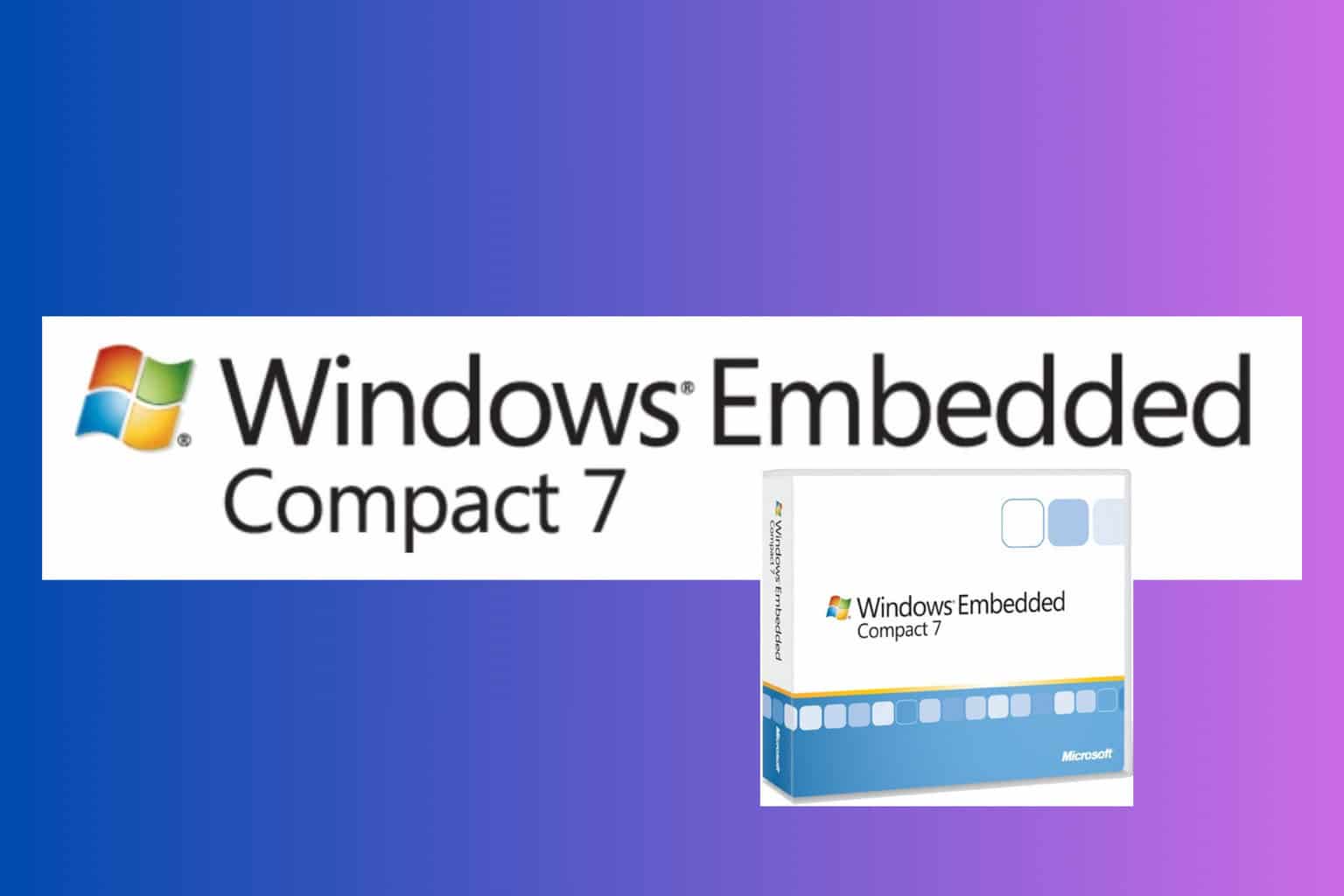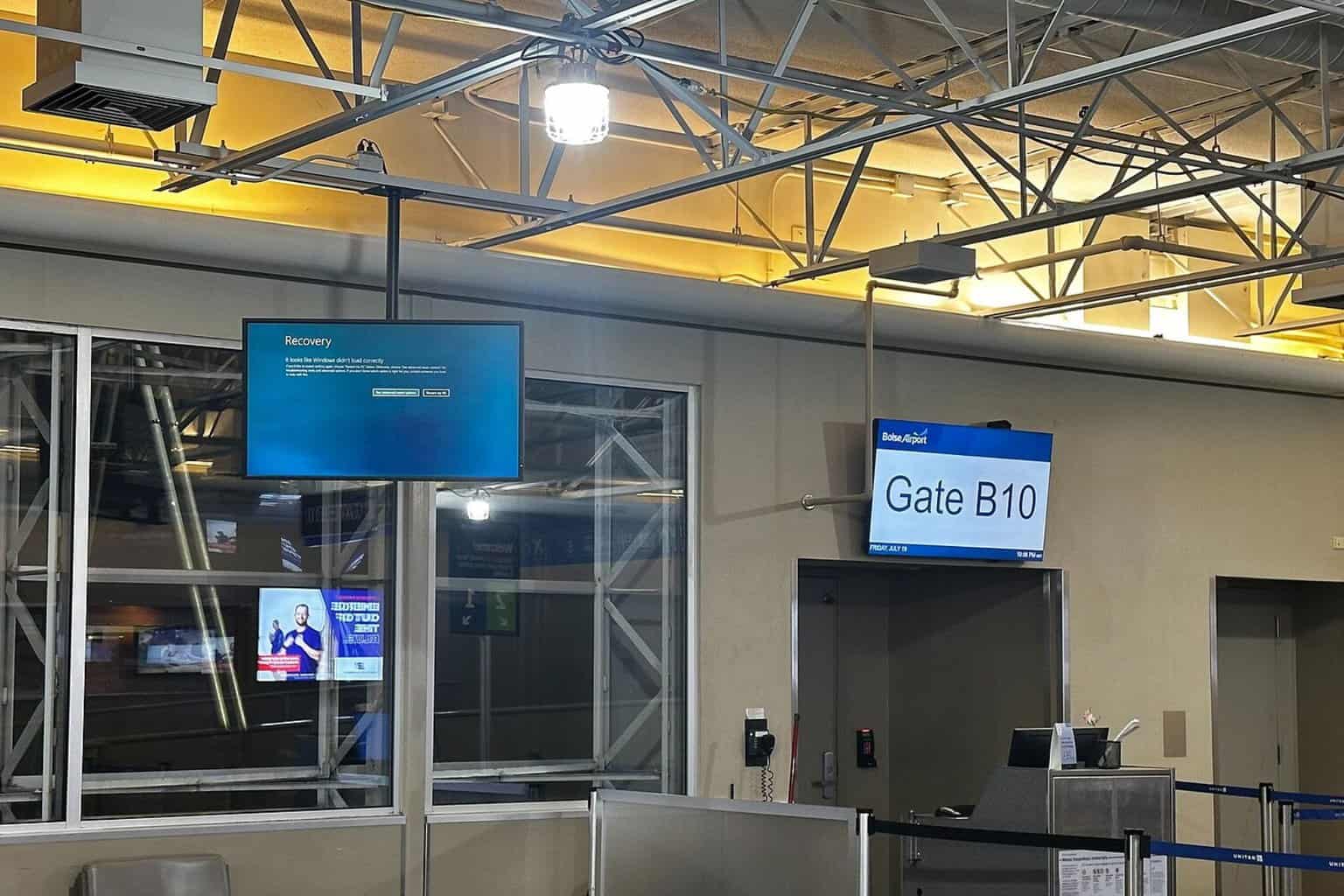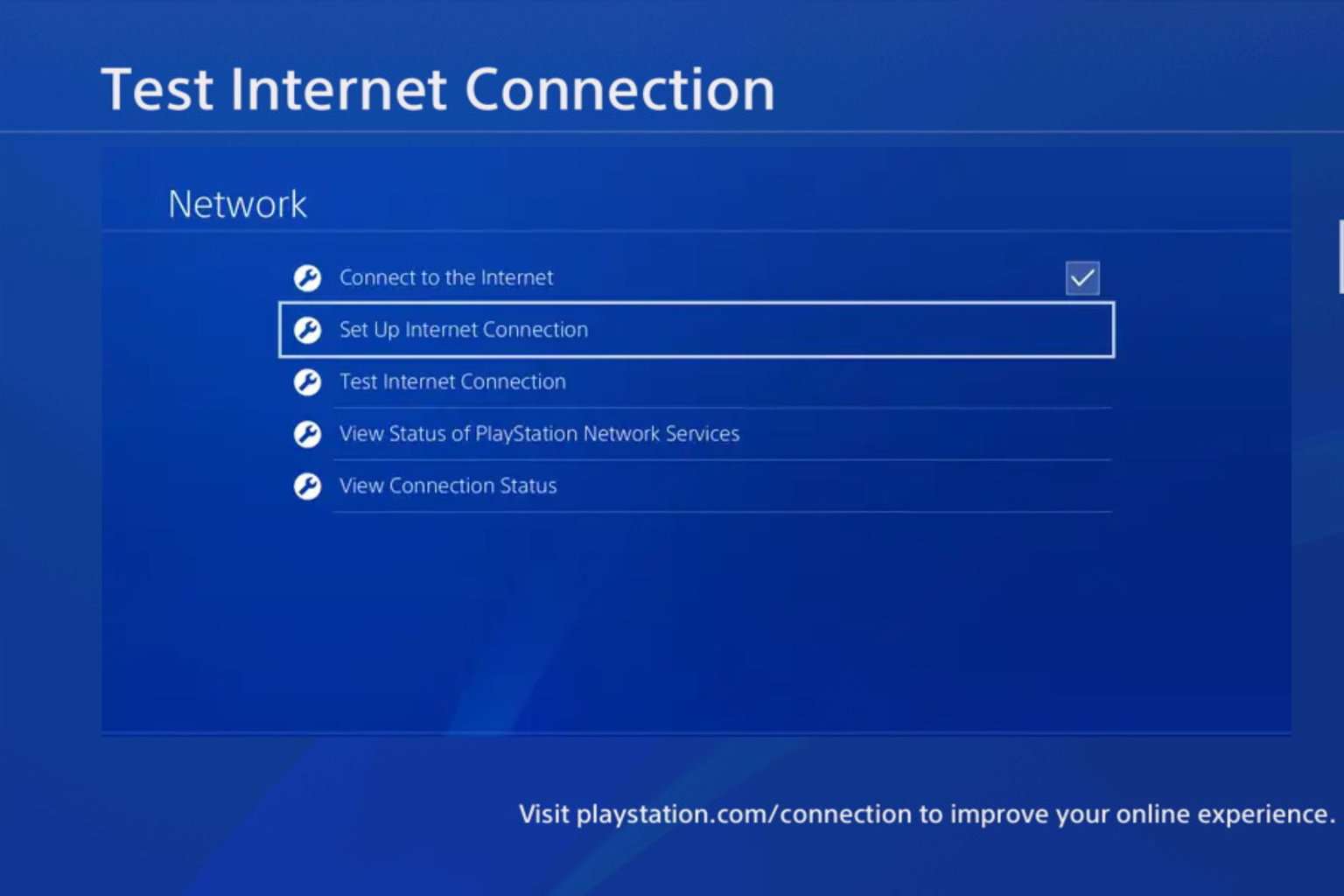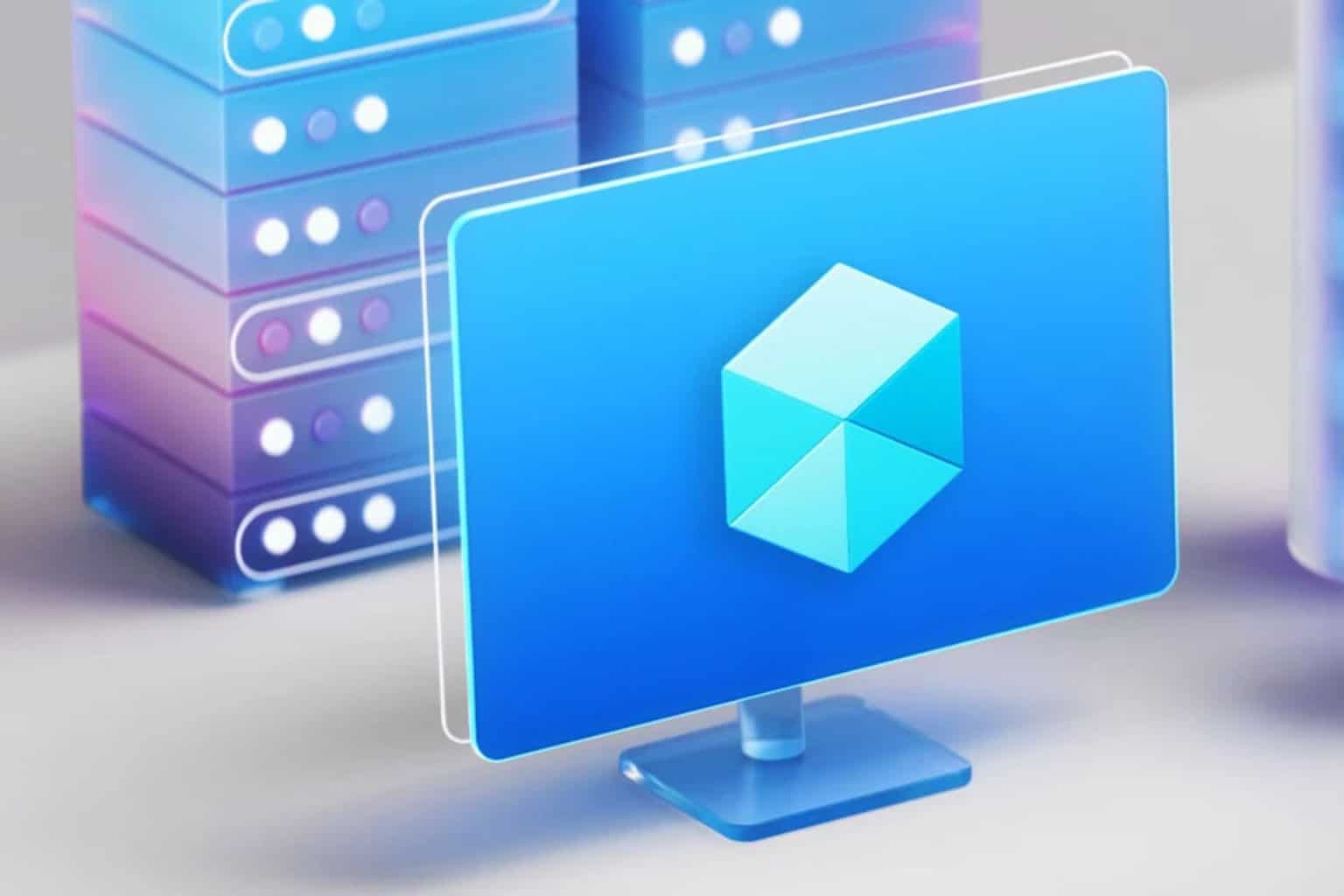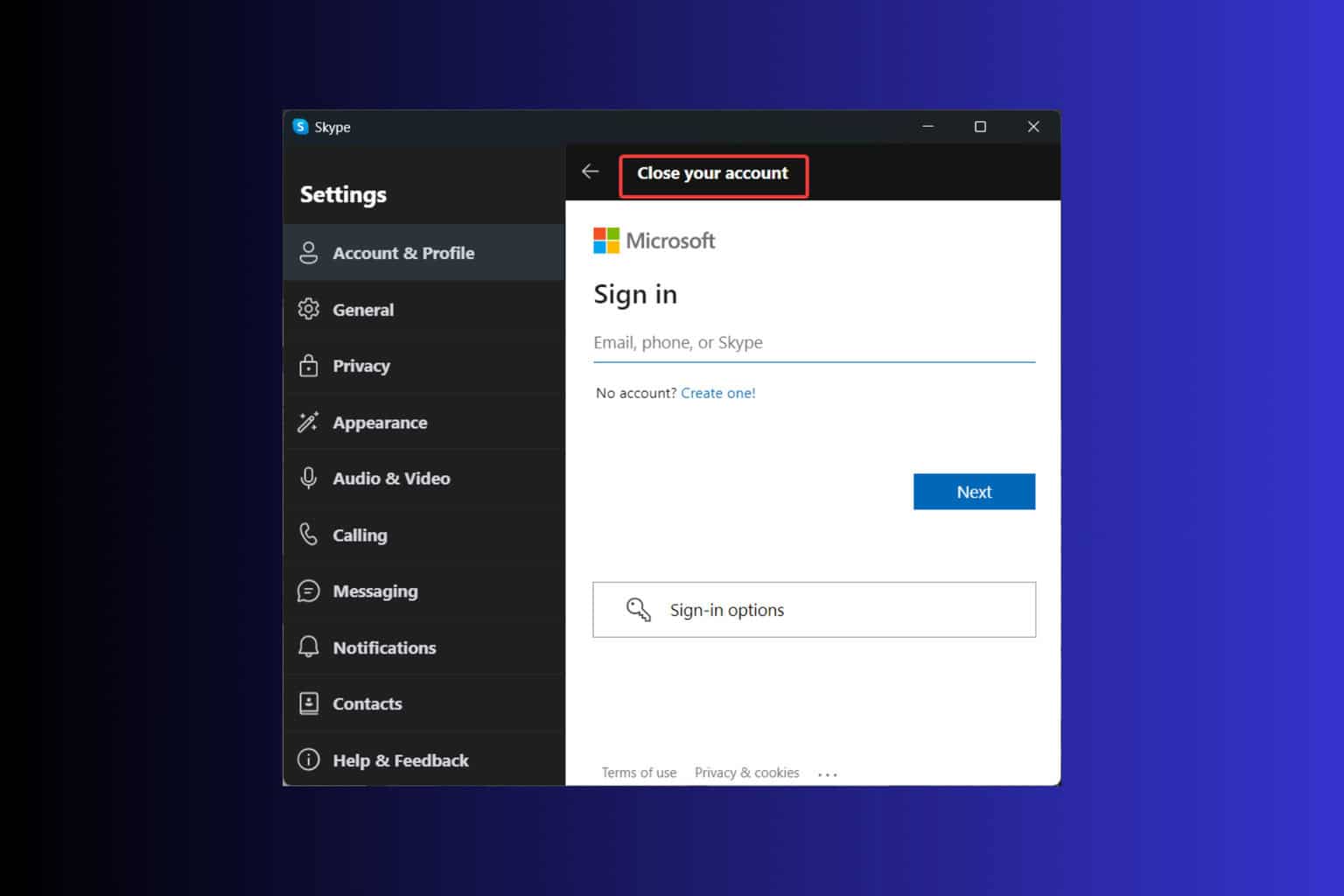Hardware makers get better tools for making Windows 10 hardware and drivers
2 min. read
Published on
Read our disclosure page to find out how can you help Windows Report sustain the editorial team Read more
WinHEC has been a wealth of information regarding Microsoft’s strategy concerning Windows from hardware maker’s point of view. Most recently the Windows 10 drivers plan has been outlined providing detail concerning Windows Universal Drivers. These new drivers can run on any Windows 10 devices, which has the largest impact for small Internet of Things devices which may interface with custom hardware. Universal Drivers can also provide an improved return on engineering investment much like Universal Apps do. These drivers can be written once and target a wide range of device types.
Hardware development can be a time consuming and tedious process which Microsoft hopes to improve with their tools for independent hardware vendors (IHVs). Flashing new software onto IoT chips can be a frequent operation so any improvement is welcome, and Microsoft is improving how flashing occurs. Fast Flash Update (FFU) aims to make flashing new software faster for hardware makers and this underscores how Microsoft has focused on every level of development with Windows 10.
Low hardware requirements can worry consumers if you are talking about phones or tablets, but for IoT low hardware requirements is a godsend. Microsoft wants to make Windows 10 IoT SKU small and efficient so companies can get the most out of their hardware and software. Removing irrelevant software from the device image gives IoT makers control over how their devices operate. Microsoft has removed the stock apps and the start screen UX from their smallest version of Windows 10 in an attempt to bring the OS to more devices with less hardware.
Windows 10 signifies a shift at Microsoft from singular vision of touch everywhere to universal application of software. Software runs the world we live in and Microsoft wants to have Windows running all over the world on all devices big and small. Developer resources are already spread thin so Windows 10’s Universal Apps and Drivers help companies do more with the same code. This helps consumers get a better experience across device types and business build a better experience with their existing developers.



